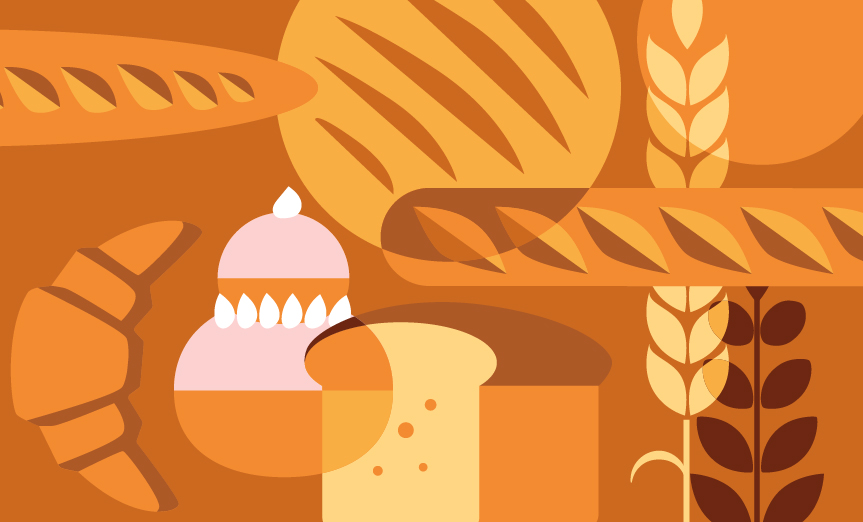3 Days from Montauban to Albi
Occitanie/2022

© Paul Atkinson
"We should never leave Montauban", declared Fernand Naudin aka Lino Ventura in Les tontons flingueurs. But that's exactly what we encourage you to do on a journey between Tarn et Garonne and Tarn, between the Aveyron and Tarn valleys.
Before leaving Montauban and Lulu la Nantaise - which is, incidentally, the name of a bar in the town center - it's well worth taking in this superb pink-brick city and its magni-fic Place Nationale with its covered arcades, in the hope that the works that disfigure it today will be completed by then. Admire the architectural ensemble of this bastide town, founded in 1144, and its Notre-Dame-de-l'Assomption cathedral, which houses a painting by Jean-Auguste-Dominique Ingres, the painter with the violin, to whom his hometown pays tribute with a museum. On the doorstep of Place Nationale, the covered market is a traditional meeting place for gourmets. On the other side of the Pont Vieux, you'll find the picturesque Villebourbon district and its lovely Wednesday market.
Head east through the lovely Aveyron valley, which you reach at Bioule, then on to some picturesque villages: Bruniquel, Penne, then Saint-Antonin-Noble-Val, a beautiful village on the right bank of the river, on the borders of Rouergue, Quercy and Albigeois, with old tile-roofed houses, narrow, winding streets and the old Romanesque town hall topped by a columned belfry. You can also visit Puycelsi, an ancient stronghold dominating the Vère valley from its rocky plateau, or Castelnau-de-Montmiral and its beautiful covered square, through the Grésigne national forest.
Follow the valley to Féneyrols, before heading south to Cordes-sur-Ciel, the department's most visited town. The city, built by Count Raymond VII of Toulouse in 1222 during the crusade against the Albigensians, stands on the Puech de Mordagne and was never besieged, preserving all its medieval treasures to the present day. Nevertheless, you'll need to be in good shape for the climb through the Porte de l'Horloge and the Rue de l'Horloge that leads to its summit. The cobbled alleyways are a delight to explore, with their ancient facades, the Musée des Arts du Sucre et du Chocolat, old Gothic mansions and other museums. Cordes-sur-Ciel, whose definitive name was given to it by a novelist in 1947, was elected Pre-Favourite Village of the French in 2014.
From one valley to the next, you'll reach the Tarn and Albi, passing through Carmaux, for example, a town with a long industrial past, as evidenced by its Musée du verre and Musée-mine devoted to coal mining. If this is your first visit to Albi, don't miss the majestic and imposing Sainte-Cécile Cathedral. The Toulouse-Lautrec Museum is at its feet, and a little further down, the two city landmarks face each other. From here, just stroll up the lively streets to Place du Vigan, where you'll come across the collegiate church of Saint-Salvi and its cloister, or the town hall. The town's eateries are proudly emblazoned with Toulouse-Lautrec's famous phrase: "Je boirai du lait quand les vaches brouteront du raisin" ("I'll drink milk when the cows are grazing on grapes!").

Open

Open

Open

Open


Open
Food products, kitchen equipment, tableware, service solutions...
See the full list of partners who place their trust in Gault&Millau
All our partners
Become
a Partner
LEARN MORE


















































